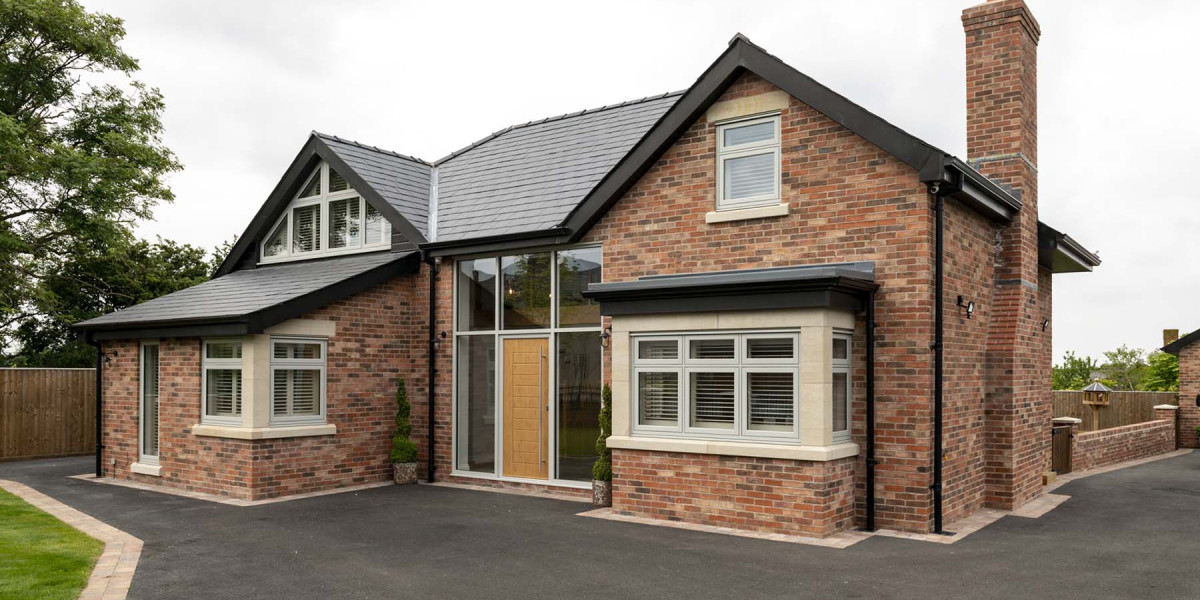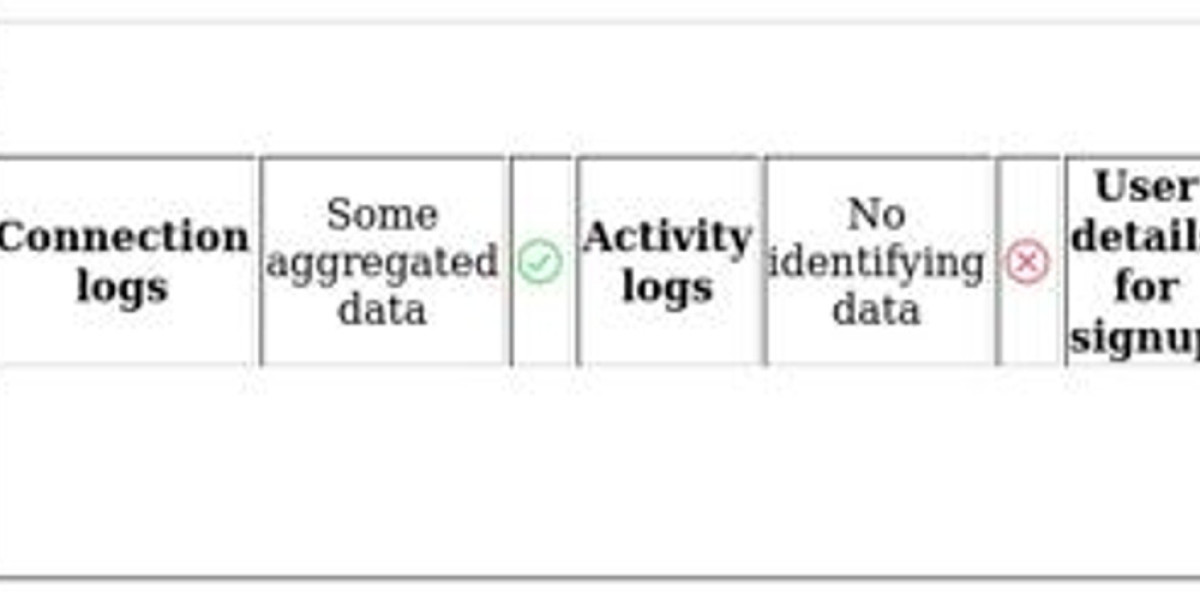The construction industry has traditionally relied on manual processes and siloed systems for estimating, budgeting, and project planning. But in recent years, Building Information Modeling (BIM) has emerged as a transformative force, revolutionizing how projects are conceptualized, planned, and executed. One of the most impactful applications of BIM is in cost estimation, often referred to as BIM-based estimating.
By integrating intelligent 3D models with real-time cost data, BIM-based estimating is reshaping construction project management from the ground up. This article explores the key reasons why BIM-based estimating is the future of construction project management—and why firms that fail to adopt it risk falling behind.
What Is BIM-Based Estimating?
BIM-based estimating involves using a 3D digital model of a building or infrastructure project that contains detailed information about each component—such as materials, dimensions, quantities, and spatial relationships. These data-rich models can be connected directly to cost databases, enabling automated quantity takeoffs, real-time cost forecasting, and accurate budgeting.
Unlike traditional estimating methods that rely on 2D drawings and manual calculations, BIM offers visual and data-driven insights that reduce errors and improve collaboration.
1. Improved Accuracy and Reduced Errors
Traditional estimating is prone to mistakes, especially when project documents are incomplete or misinterpreted. BIM-based estimating eliminates much of the guesswork by:
Automating quantity takeoffs
Linking components to cost codes
Flagging inconsistencies in design or scope
Providing a single source of truth for all stakeholders
With fewer errors in the early stages, project budgets are more accurate, and costly rework can be avoided later in construction.
2. Enhanced Collaboration Across Stakeholders
One of BIM’s greatest strengths is its ability to foster collaboration. All project stakeholders—owners, architects, engineers, contractors, and estimators—can access the same centralized model.
This shared access ensures that:
Everyone works with the most up-to-date data
Design changes are instantly reflected in cost estimates
Communication is streamlined across disciplines
With BIM-based estimating, decisions are no longer made in isolation. Instead, they are informed by real-time data and multidisciplinary input.
3. Faster and More Efficient Estimating
Manual estimating is time-consuming. BIM-based workflows speed up the process significantly by automating repetitive tasks such as:
Material quantity extraction
Cost aggregation
Scope comparison
Modern BIM tools like Autodesk Revit, Navisworks, or CostX can perform detailed estimations in hours—what used to take days or even weeks. Faster estimating allows firms to bid on more projects, reduce overhead, and respond quicker to RFPs.
4. Better Visualization for Informed Decision-Making
Estimators and project managers can visualize every component of a project in 3D, including walls, slabs, mechanical systems, and finishes. This allows for:
Greater understanding of the project scope
Detection of design conflicts or redundancies
Enhanced ability to communicate estimates to clients or executives
With visual clarity, project managers can justify budget allocations more convincingly and spot opportunities to optimize cost without compromising design intent.
5. Cost Forecasting and Budget Management
BIM-based estimating tools can be linked with cost databases (e.g., RSMeans, cost books, historical project data), allowing for dynamic cost forecasting. As the design evolves, the BIM model updates the quantities and recalculates the budget in real time.
This provides the project team with:
Early insight into budget overruns
Opportunities to make cost-saving design changes
More control over financial planning and cash flow
Such real-time cost intelligence helps owners make smarter investment decisions from day one.
6. Support for Sustainable and Lean Construction
By analyzing cost, energy use, and material lifecycle data within the BIM model, estimators can provide more sustainable recommendations. For example, BIM-based estimates can factor in:
Recycled material costs
Environmental impact
Energy savings over time
This supports green building certifications like LEED and aligns with the increasing demand for sustainable construction.
Moreover, BIM aligns perfectly with lean construction principles, which emphasize waste reduction, value generation, and continuous improvement. Accurate estimates help avoid over-ordering, reduce material waste, and ensure just-in-time deliveries.
7. Risk Reduction and Scenario Analysis
BIM-based estimating tools allow for scenario modeling, where different design or material choices can be simulated and compared instantly. This helps stakeholders evaluate:
Cost implications of design changes
Budget sensitivity to material price fluctuations
Impacts of scope modifications on schedule and cost
Such risk analysis capabilities equip teams to plan proactively, avoid surprises, and ensure financial resilience in uncertain market conditions.
8. Competitive Advantage for Contractors and Firms
In a competitive industry where margins are tight and timelines are compressed, BIM-based estimating offers a clear edge. Contractors and firms that adopt BIM workflows can:
Deliver more accurate and timely bids
Impress clients with visual, data-backed estimates
Reduce change orders and disputes post-award
As more project owners demand BIM compliance, especially on large-scale or public sector projects, early adopters will be better positioned to win high-value contracts.
9. Integration With Project Lifecycle Management
BIM-based estimating doesn’t end at the preconstruction phase. It integrates with the entire project lifecycle, from design through construction to operations and maintenance.
Estimators can:
Use BIM data for procurement planning
Track actual vs. estimated costs during construction
Support facilities management with detailed as-built models
This continuity creates a digital thread that enhances transparency and efficiency across the entire project lifespan.
Conclusion
The construction industry is undergoing a digital transformation, and BIM-based estimating is at the heart of it. By combining detailed 3D models with real-time cost intelligence, project teams gain unprecedented visibility, accuracy, and control.
From faster bids to smarter budgeting and sustainable outcomes, the benefits of BIM-based estimating are too significant to ignore. As the demand for complex, high-efficiency construction grows, embracing BIM isn’t just an option—it’s the future of project management.
Firms that invest in BIM capabilities today are investing in a more profitable, collaborative, and resilient tomorrow.







